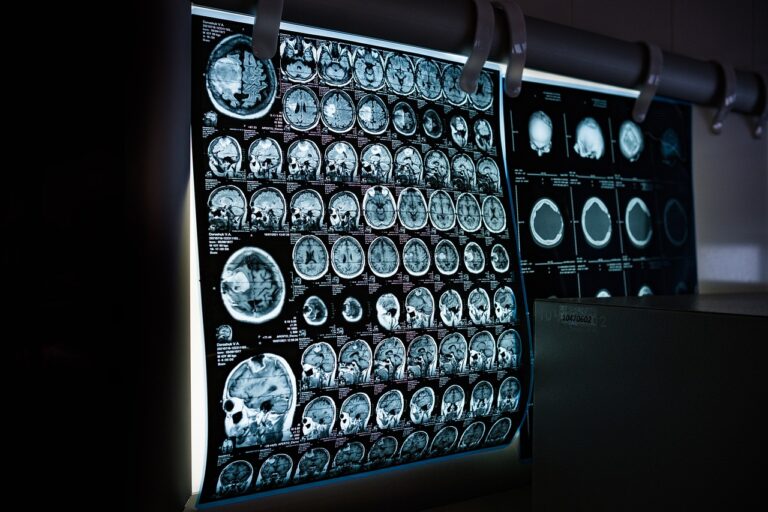How to Implement a Successful Chronic Disease Management Program in Urgent Care
allexchbet com login, 99exch.com, all panel:Chronic disease management programs in urgent care settings play a crucial role in providing ongoing care and support to patients with chronic conditions. Implementing a successful chronic disease management program requires careful planning, effective communication, and a patient-centered approach. In this article, we will discuss key strategies for implementing a successful chronic disease management program in urgent care.
Understanding the Importance of Chronic Disease Management
Chronic diseases, such as diabetes, hypertension, and asthma, are long-term conditions that require ongoing management and support. In urgent care settings, patients with chronic conditions often seek care for acute exacerbations or complications related to their underlying condition. A well-designed chronic disease management program can help improve patient outcomes, reduce hospitalizations, and enhance quality of life for patients with chronic diseases.
Engaging Patients in Their Care
One of the key components of a successful chronic disease management program is engaging patients in their care. This involves educating patients about their condition, providing them with the tools and resources they need to manage their condition effectively, and involving them in decision-making about their care plan. By empowering patients to take an active role in managing their chronic condition, healthcare providers can improve patient outcomes and promote patient self-management.
Collaboration and Communication
Effective communication and collaboration among healthcare providers are essential for the success of a chronic disease management program in urgent care. This includes coordinating care between primary care providers, specialists, and other members of the healthcare team, as well as ensuring that patients receive timely and appropriate care. Collaborative care models, such as team-based care and care coordination, can help improve patient outcomes and enhance the quality of care for patients with chronic conditions.
Data-driven Care
Utilizing data and technology can also play a critical role in the success of a chronic disease management program. By tracking key performance indicators, such as patient outcomes, adherence to treatment plans, and healthcare utilization, healthcare providers can identify areas for improvement and tailor interventions to meet the needs of individual patients. Electronic health records (EHRs), telehealth services, and patient portals can also help healthcare providers deliver more efficient and personalized care to patients with chronic conditions.
Patient Education and Support
In addition to engaging patients in their care, providing education and support to patients with chronic conditions is essential for successful chronic disease management. This can include providing patients with information about their condition, teaching them self-management skills, and connecting them with community resources and support groups. By equipping patients with the knowledge and skills they need to manage their condition effectively, healthcare providers can help patients achieve better health outcomes and improve their quality of life.
Continuity of Care
Ensuring continuity of care is another key element of a successful chronic disease management program in urgent care. This involves establishing processes for transferring patient information between healthcare providers, coordinating care across different settings, and following up with patients after their urgent care visit. By providing seamless transitions between urgent care, primary care, and specialty care, healthcare providers can improve patient outcomes and enhance the overall quality of care for patients with chronic conditions.
Quality Improvement and Evaluation
Continuous quality improvement and evaluation are essential for the success of a chronic disease management program in urgent care. By regularly monitoring and evaluating the programs processes and outcomes, healthcare providers can identify areas for improvement, implement changes based on best practices, and measure the impact of these interventions on patient outcomes. Quality improvement initiatives, such as conducting regular audits, collecting patient feedback, and implementing evidence-based guidelines, can help healthcare providers deliver high-quality care to patients with chronic conditions.
Conclusion
Implementing a successful chronic disease management program in urgent care requires a multi-faceted approach that focuses on engaging patients in their care, promoting collaboration and communication among healthcare providers, utilizing data-driven care, providing patient education and support, ensuring continuity of care, and implementing quality improvement and evaluation initiatives. By following these key strategies, urgent care providers can effectively manage chronic conditions, improve patient outcomes, and enhance the overall quality of care for patients with chronic diseases.
FAQs
Q: How can healthcare providers encourage patients to take an active role in managing their chronic condition?
A: Healthcare providers can encourage patients to take an active role in managing their chronic condition by educating patients about their condition, providing them with the tools and resources they need to manage their condition effectively, and involving them in decision-making about their care plan.
Q: What role does technology play in chronic disease management programs in urgent care settings?
A: Technology, such as electronic health records (EHRs), telehealth services, and patient portals, can play a critical role in chronic disease management programs by enabling healthcare providers to track key performance indicators, deliver more efficient and personalized care, and connect patients with resources and support groups.
Q: How can healthcare providers ensure continuity of care for patients with chronic conditions?
A: Healthcare providers can ensure continuity of care for patients with chronic conditions by establishing processes for transferring patient information between healthcare providers, coordinating care across different settings, and following up with patients after their urgent care visit to ensure seamless transitions between urgent care, primary care, and specialty care.







